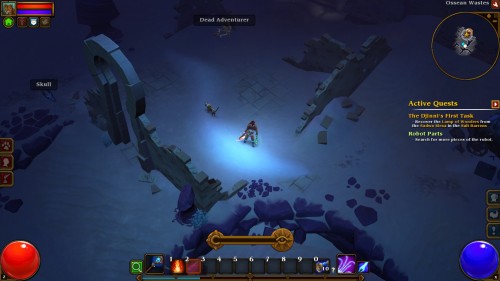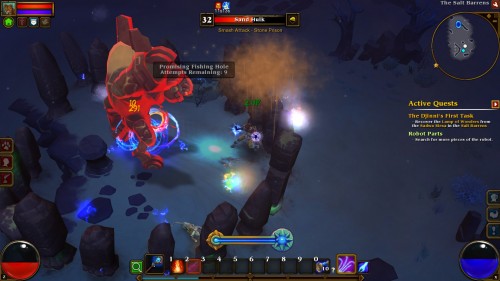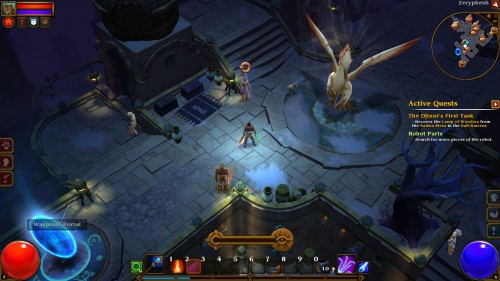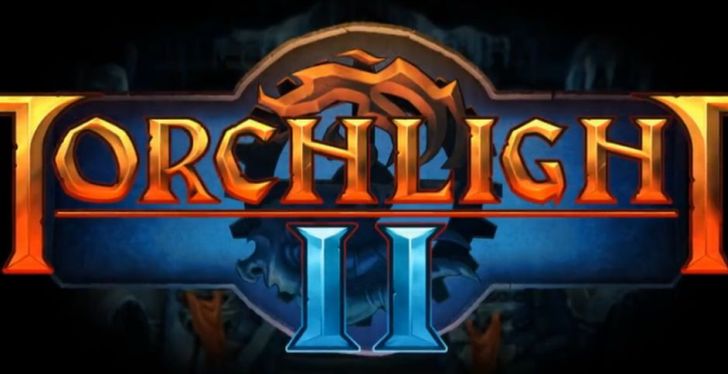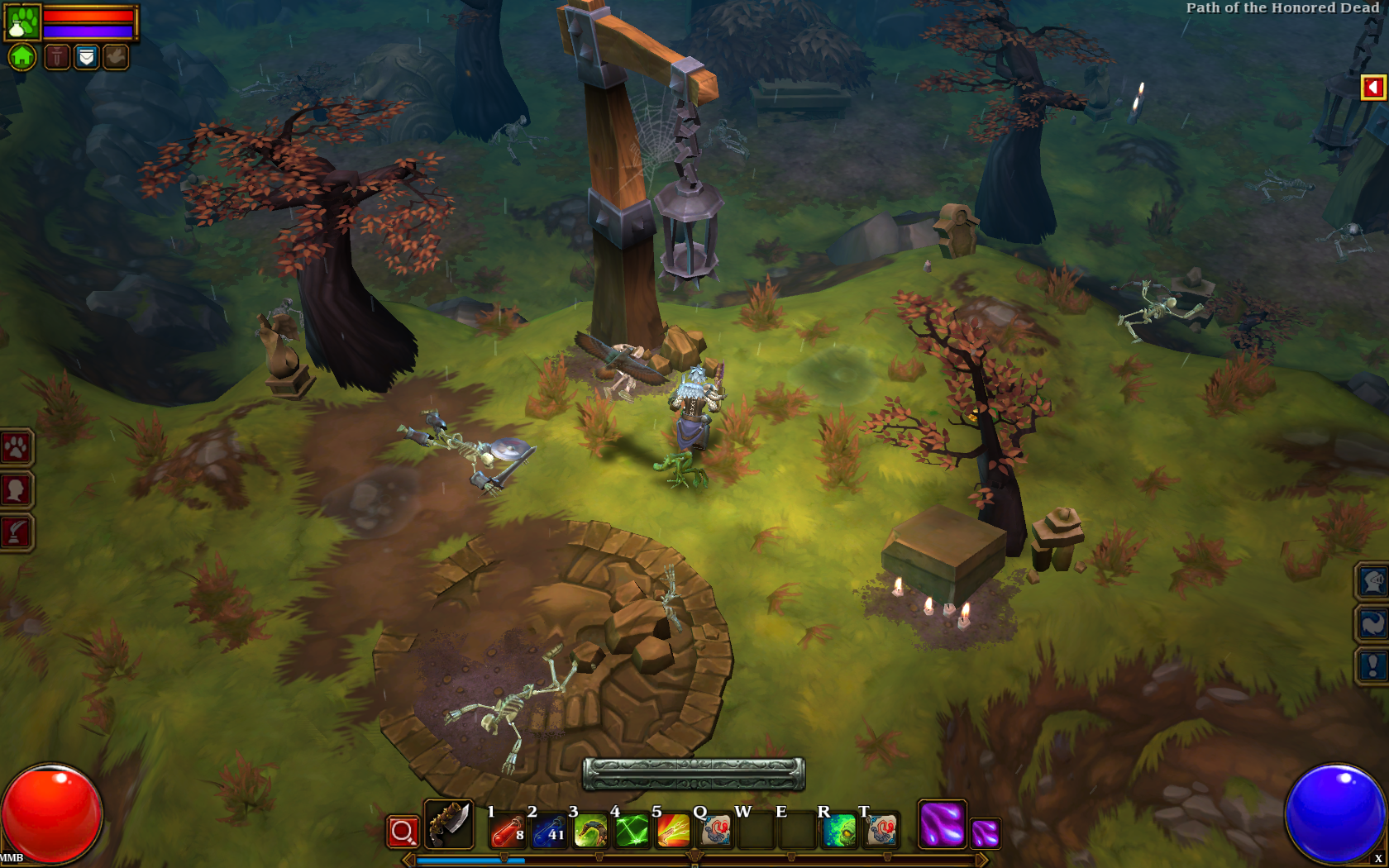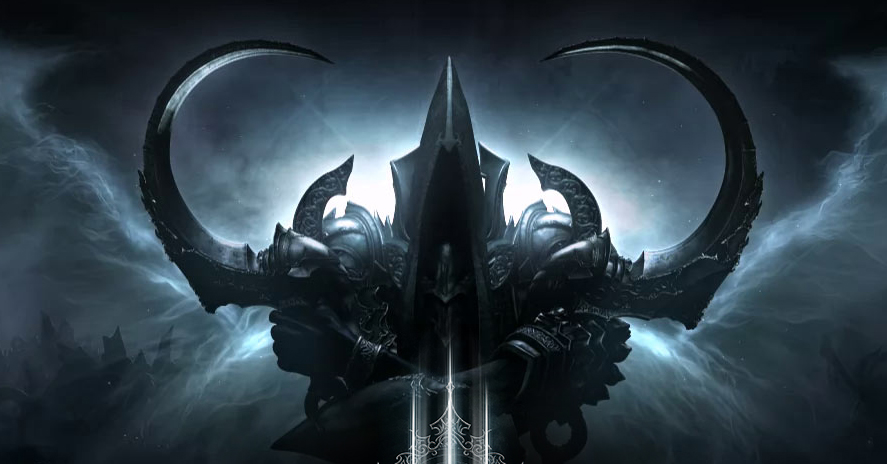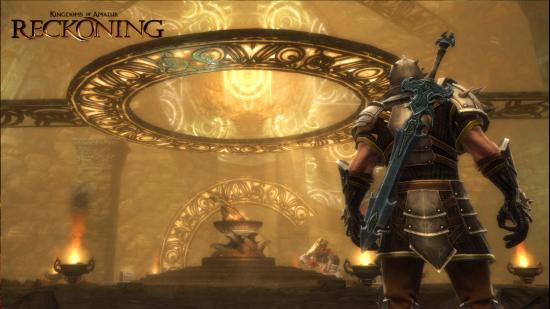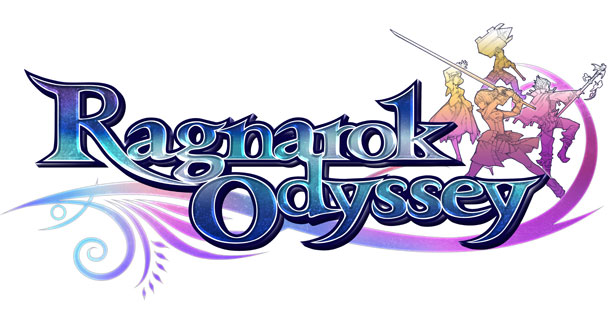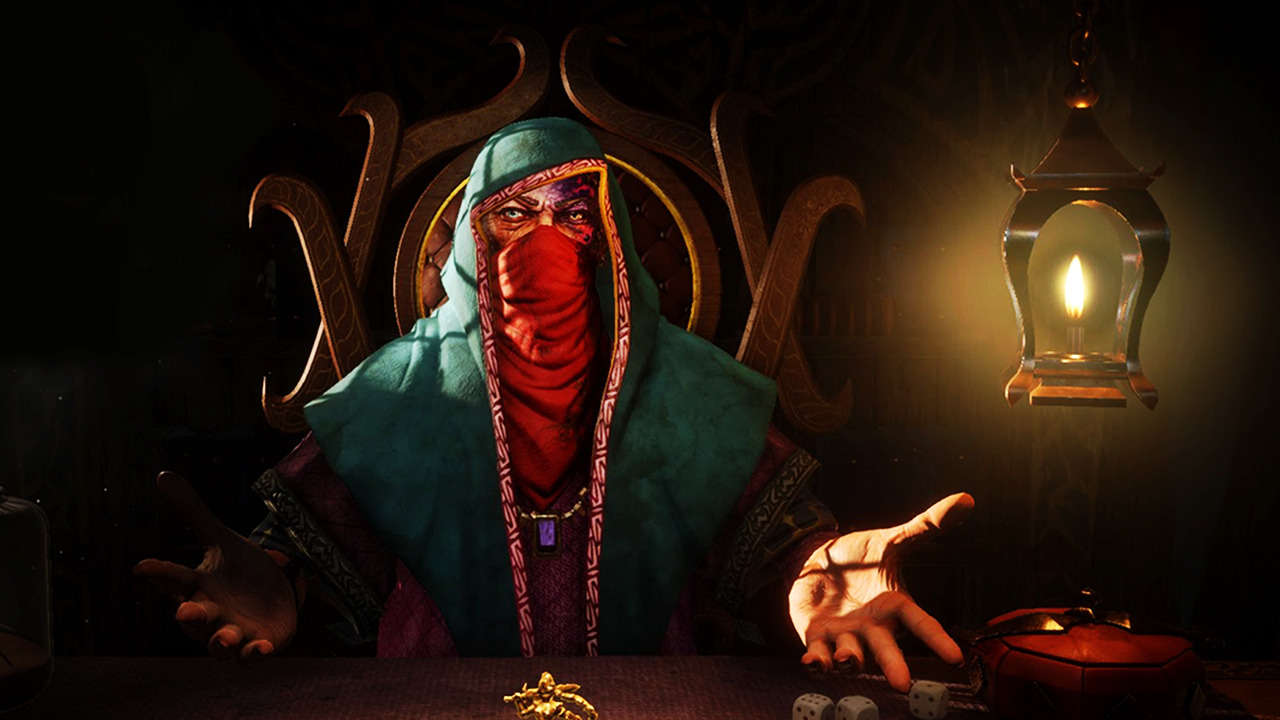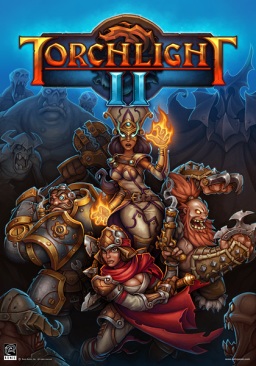
The original Torchlight is pretty much the poster-child for independently developed sleeper hits. Having sold over a million copies since its release in 2009, the game, developed by ex-Blizzard North staff at new studio Runic, filled a niche not served since Blizzard abandoned some of its older titles in favour of an MMO-based business model.
The game offered everything a Di—, uh, action RPG fan could dream of: Endless, randomly-generated dungeons, a hub town, loot rewards and a self-aware sense of humour that poked gentle fun at genre conventions. It had a crisp, cartoonish visual style, great music and the ability to suck hour upon hour of your life into it. What more could fans of the game possibly want?
It turns out that what they wanted was Diab— er, Torchlight II. Adding multiple acts with their own hubs, a much wider variety of areas, streamlined leveling and cooler abilities, the sequel delivers everything promised by the original. The good ideas are all stll there, such as the excellent pet system, now enhanced with the ability for your pet to buy potions and scrolls while its in town.
The visuals and sound have been polished up, with more polygons and some excellent new tunes by former Blizzard composer Matt Uelmen. The humour is unchanged, though, which is good, because it was just about perfect in the original and didn’t need much changing. The important thing to keep in mind here is that if you were a fan of the original Torchlight, then you’re going to be right at home in this sequel.
The big change is the move to a much bigger, more expansive world. Rather than just being built around a single town, Torchlight II gives you many more towns and environments, from lush green fields to expansive deserts and snowbound mountains, the game offers a much more interesting variety of places to explore than its predecessor.
These more open environments allow for a wider variety of monsters, and more interesting ways to acquire loot. New mini-events populate the areas, forcing you to battle through a few waves of monsters in order to uncover some treasure. There’s also locked chests that often involve beating elite mobs to get the key for.
The downside to the new approach is the loss of the purely random dungeons of the original. Dungeon layouts are still randomised, but not to the extent of the original and it would be possible to learn all the possible layouts for an individual dungeon relatively quickly.
The dungeon map items from the original are gone, too. In their place are side-quests that often involve going into their own smaller dungeons separate from the main quest areas. These offer a more cohesive approach to the side quests, giving you a reason to be there other than loot and XP, though it can be argued that the point of the Torchlight games is loot and XP, but it’s nice to have something to hang them around.
Runic have introduced four new classes to Torchlight, replacing the original three. Say hello to the Berserker, Engineer, Outlander and Embermage. Each class fills one of the standard RPG niches (melee damage, tank, ranged damage and magical damage) and each can be customised with different hairstyles and colours, as well as a small selection of faces. It’s not exactly Guild Wars 2 levels of customisation, but it’s more than you would get from certain other ARPGs.
The combat is fundamentally as you would expect, however Torchlight 2 mixes things up a little bit with the new Charge bar. This bar fills as you attack enemies, and, once filled, usually grants a bonus for damage or spellcasting. The details are different for each class, but the end result is that the charge bar encourages you to kill as quickly and as often as you can.
Runic have also streamlined character development. Stat points are still assigned manually, and the skill trees are still the same, fundamentally, as they were in the first game. However there are now only four stats to assign points to, and the game makes it much more obvious which ones you should be putting your points into for a given class. Skill trees have been redesigned to offer a smaller set of unique skills, as well as three passive skills in each tree. These passive skills aren’t part of the normal flow of a tree, so you can assign points to them without having completed any pre-requisites other than the level required to unlock them.
This approach has allowed Runic to reduce the number of skills for each class while making each skill more useful. The ultimate advantage here is that it’s a lot harder to create a broken character build in Torchlight 2. While you won’t get the flexibility or build diversity that other popular games of this style have, it’s not something you’re likely to miss too much.
The marquee feature of Torchlight 2, and the one that every single review of the first game demanded, is, of course, the multiplayer. It works exactly as you’d expect it to: Set up a game and let people in. No mess, no fuss. Internet and LAN multiplayer are supported, and they work equally well. One interesting thing to note is that there’s no real penalty for bringing a higher level player into your game. While level scaling and penalising this kind of play is all the rage, I honestly wouldn’t have it any other way in Torchlight 2. The game is set up to allow it, and it’s just good old-fashioned fun.
Fans of the original Di—, I mean, uh, Torchlight should love Torchlight 2, as it delivers on all the promises made by the first game. The best part is that you get all this goodness for just US$20 on Steam, so there’s no good reason to skip over it if you have even a mild interest in action RPGs like this. If certain other, recent major releases like this put you off, then give Torchlight 2 a go. You don’t even need a persistent internet connection to enjoy it.
Expands massively on the original game | Multiplayer
Voice acting | Running out of inventory space

